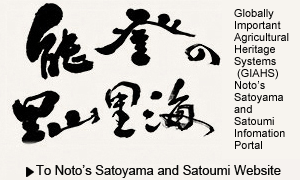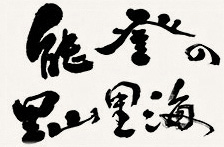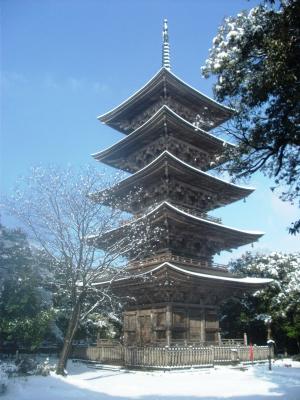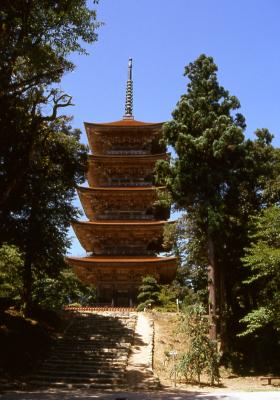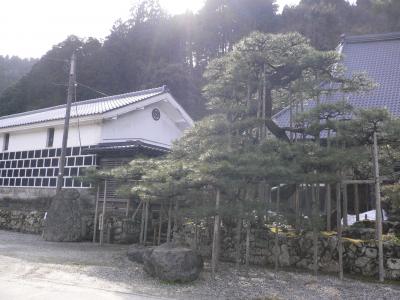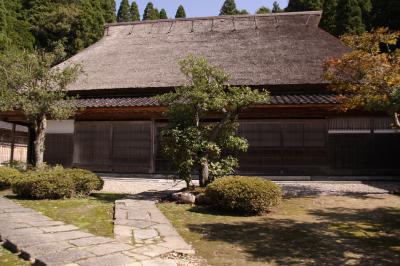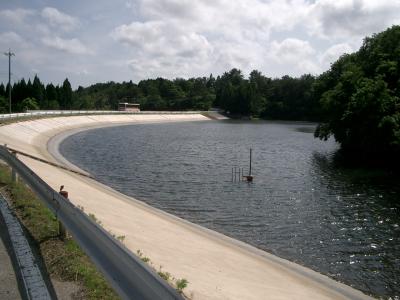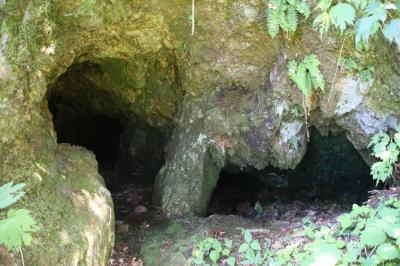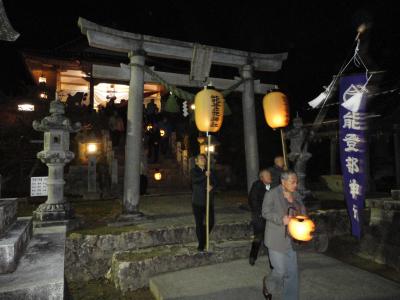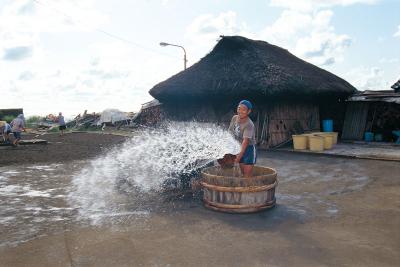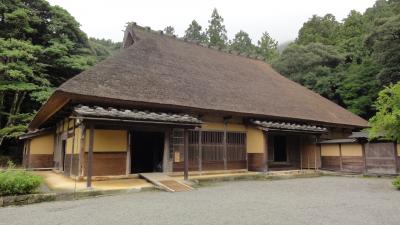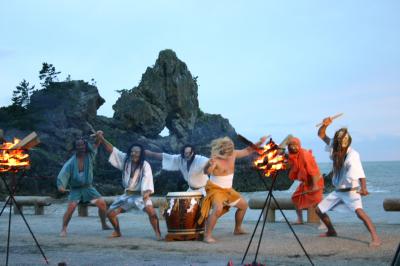
Name
Myojo-ji Temple
Category
History
Class
Belief
Age
11th century~16th century
Designation
Nationally designated important cultural properties (August 1950): Main hall, Soshi-do hall including miniature shrine, Five-storied pagoda including a ridgepole plaque, Nio gate, Shoin (Study hall) including a ridgepole plaque, Bell tower, Sanju-sanban-shindo main hall), Sanko-do hall, Kyo-do hall (sutra repository), Desk with landscape design decorated with maki-e, Ryoshi-bako box with landscape design decorated with maki-e, Kuri (living quarters for monks) (May 1965)
Comment
This is the head temple of Nichiren Shu Buddhism in Hokuriku. It was founded in 1294 by Nichizo, a disciple of Nichiren’s disciples. The principal images of worship are Shaka Nyorai and Taho Nyorai. The temple’s honorific mountain prefix is Kineizan. Legend has it that Nichizo went over to Nanao from Sado, and then on his way to Kyoto he was here and stuck a cane made of enju (Sophora japonica) wood in the ground. He said, “If roots grow out of this cane, you shall establish a temple of the Lotus Sutra here. He left that message to his disciple, Nichijo. Soon roots emerged from the cane, so Nichijo set up a temple, of which he himself became the second abbot, with Nichizo as its founder. In the early modern period, the temple was well protected by the Maeda clan of the Kaga domain. The third lord of the domain, Toshitsune, restored the temple and dedicated it to his biological mother, Jufukuin. The Maeda clan’s official carpenters, the Sakagami group, built the temple buildings. Twelve items including the main hall, the five-storied pagoda, and the shoin have been designated as important cultural properties by the national government, eight items have been designated as cultural properties by the prefectural government, and six items by the municipality.
Prefecturally designated tangible cultural properties: Kaizan-do hall (July 1966), Shaka-do hall (July 1966), Sanju-sanban-shindo worship hall (February 1998), Color-on-silk portrait of Nichijo Shonin (February 1969), Color-on-silk image of Nirvana (February 1969), Printed Lotus Sutra (January 1983), Lotus Sutra printing block (January 1983)
Prefecturally designated monument: Myojo-ji garden (November 1970)
Tangible cultural properties designated by Hakui City: Somon gate (February 2012), Wooden statue of Nio (February 1991), Color-on-silk image of Nichiren Mandala (November 1961), Color-on-silk image of Bishamonten (October 1963), Round sange tray decorated with maki-e (February 1966), Myojoji ancient documents and classical books (November 2007), Kasa-toba stone pagoda (March 1971)
Municipally designated monument: Myojoji Ôdaki (January 1983)
Prefecturally designated tangible cultural properties: Kaizan-do hall (July 1966), Shaka-do hall (July 1966), Sanju-sanban-shindo worship hall (February 1998), Color-on-silk portrait of Nichijo Shonin (February 1969), Color-on-silk image of Nirvana (February 1969), Printed Lotus Sutra (January 1983), Lotus Sutra printing block (January 1983)
Prefecturally designated monument: Myojo-ji garden (November 1970)
Tangible cultural properties designated by Hakui City: Somon gate (February 2012), Wooden statue of Nio (February 1991), Color-on-silk image of Nichiren Mandala (November 1961), Color-on-silk image of Bishamonten (October 1963), Round sange tray decorated with maki-e (February 1966), Myojoji ancient documents and classical books (November 2007), Kasa-toba stone pagoda (March 1971)
Municipally designated monument: Myojoji Ôdaki (January 1983)
Material Link
Views
Access number:9929

